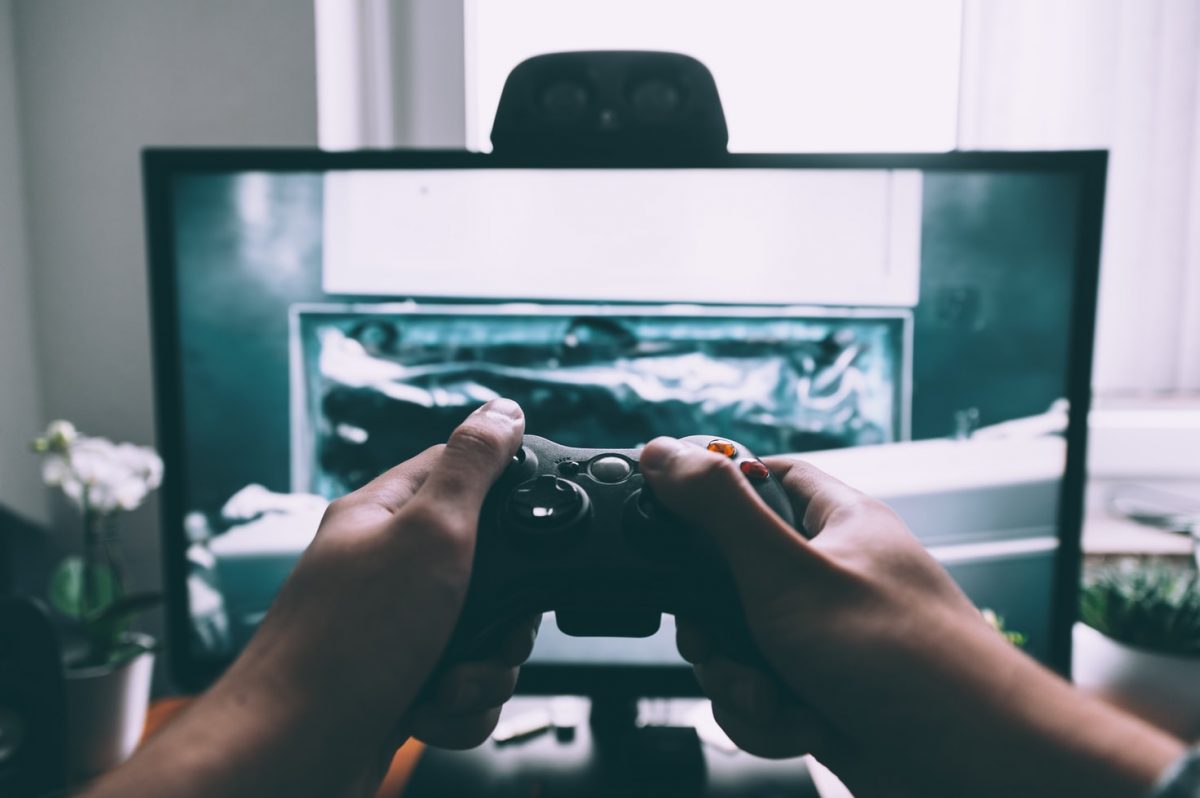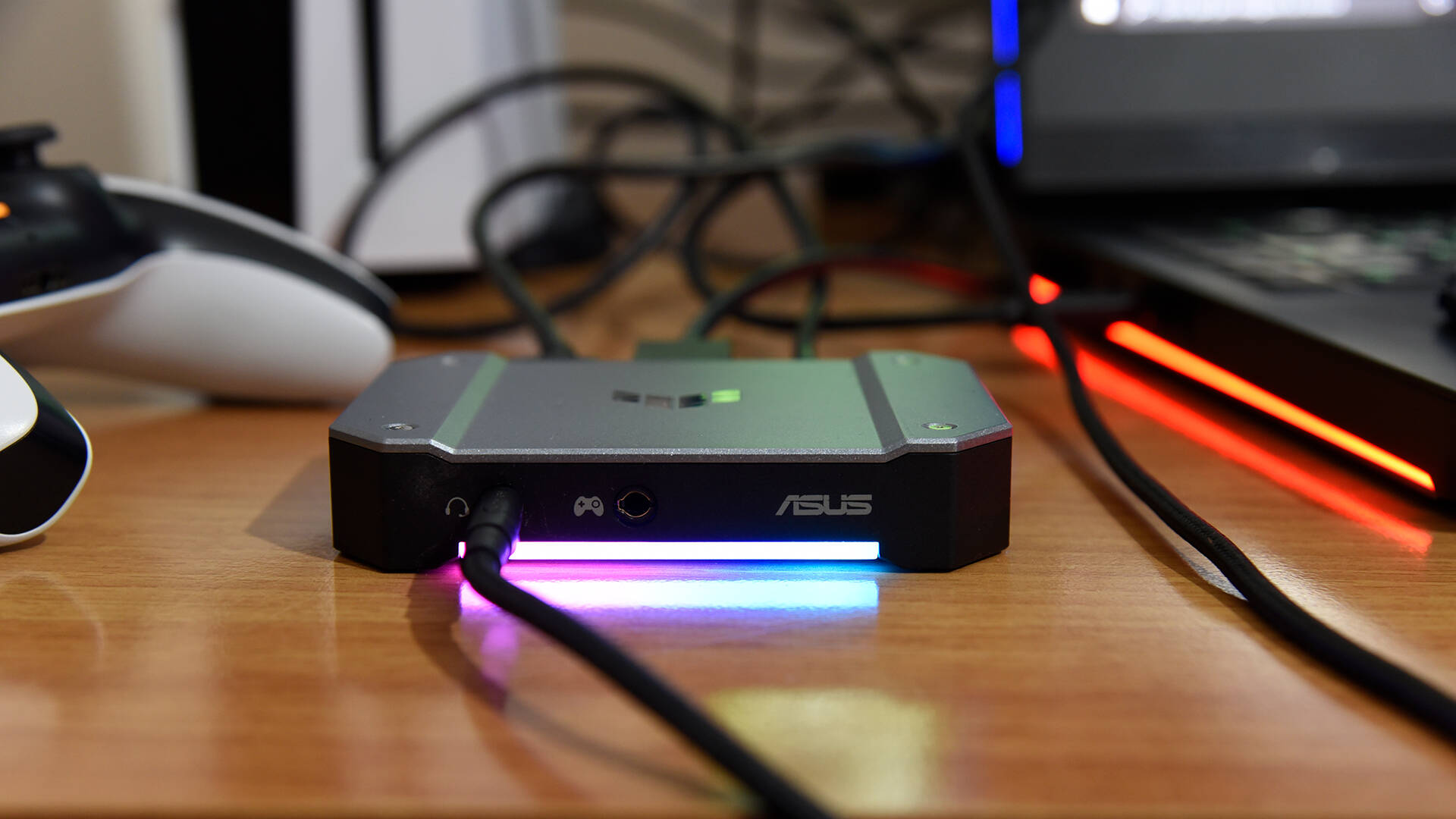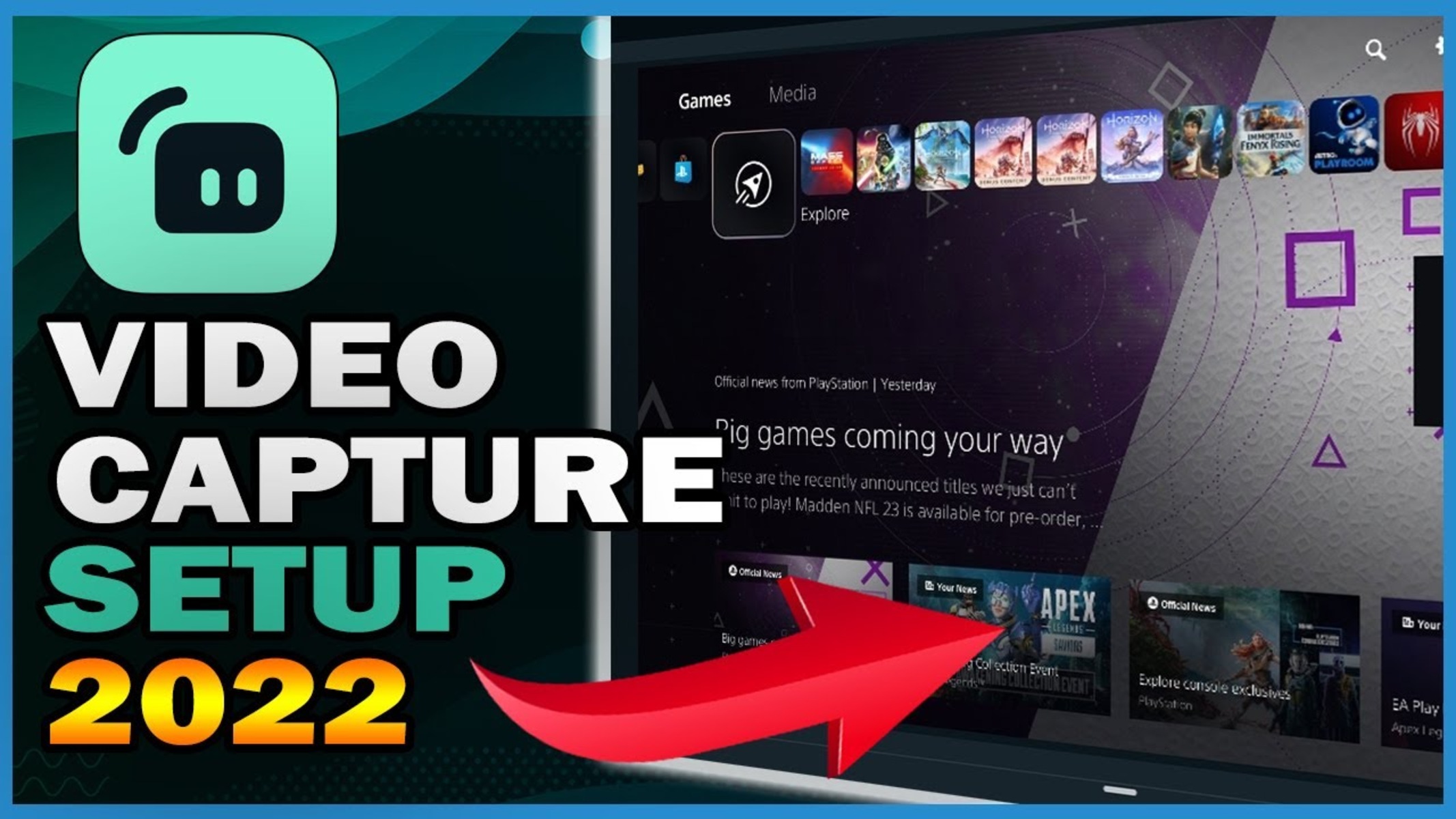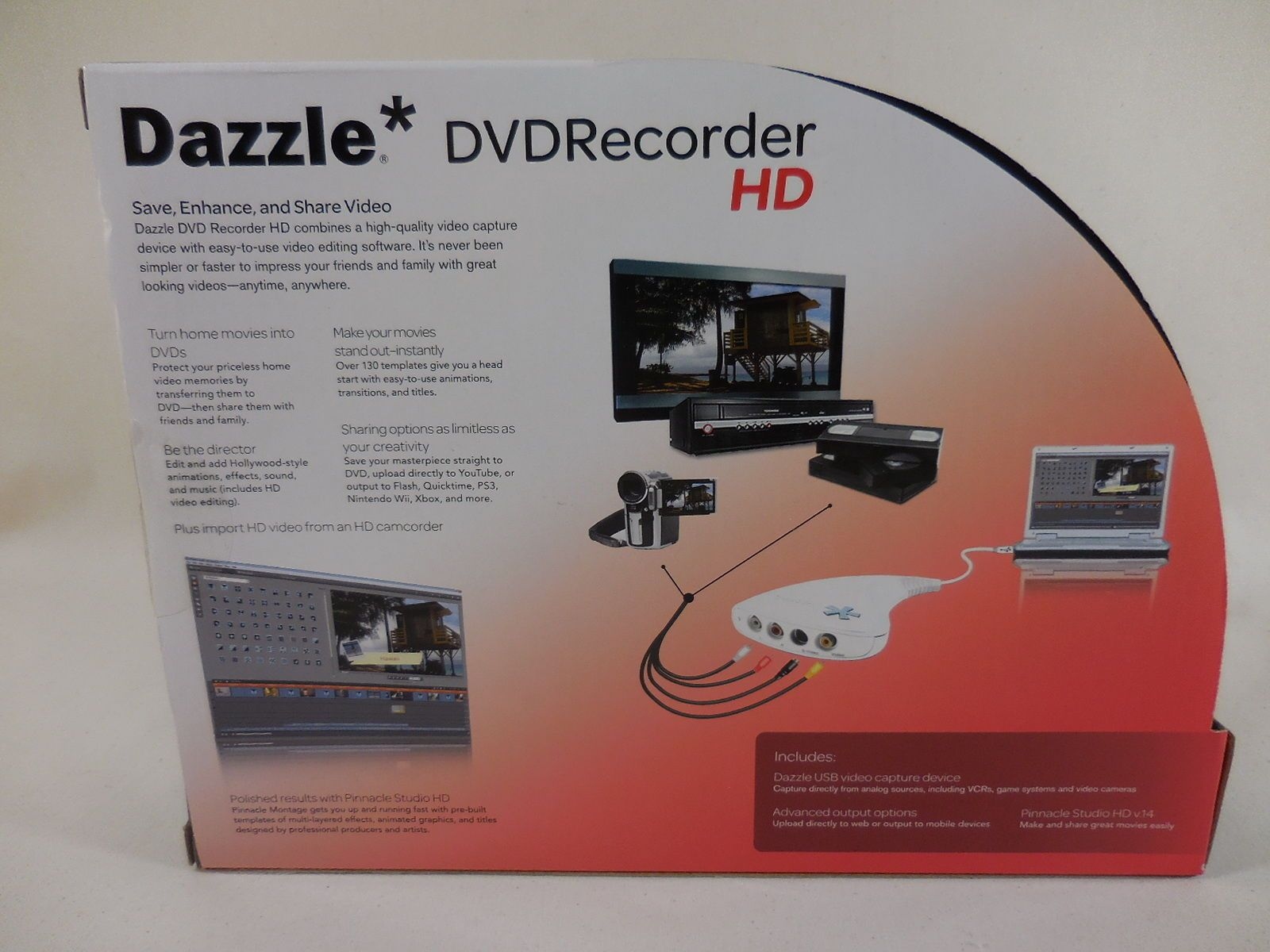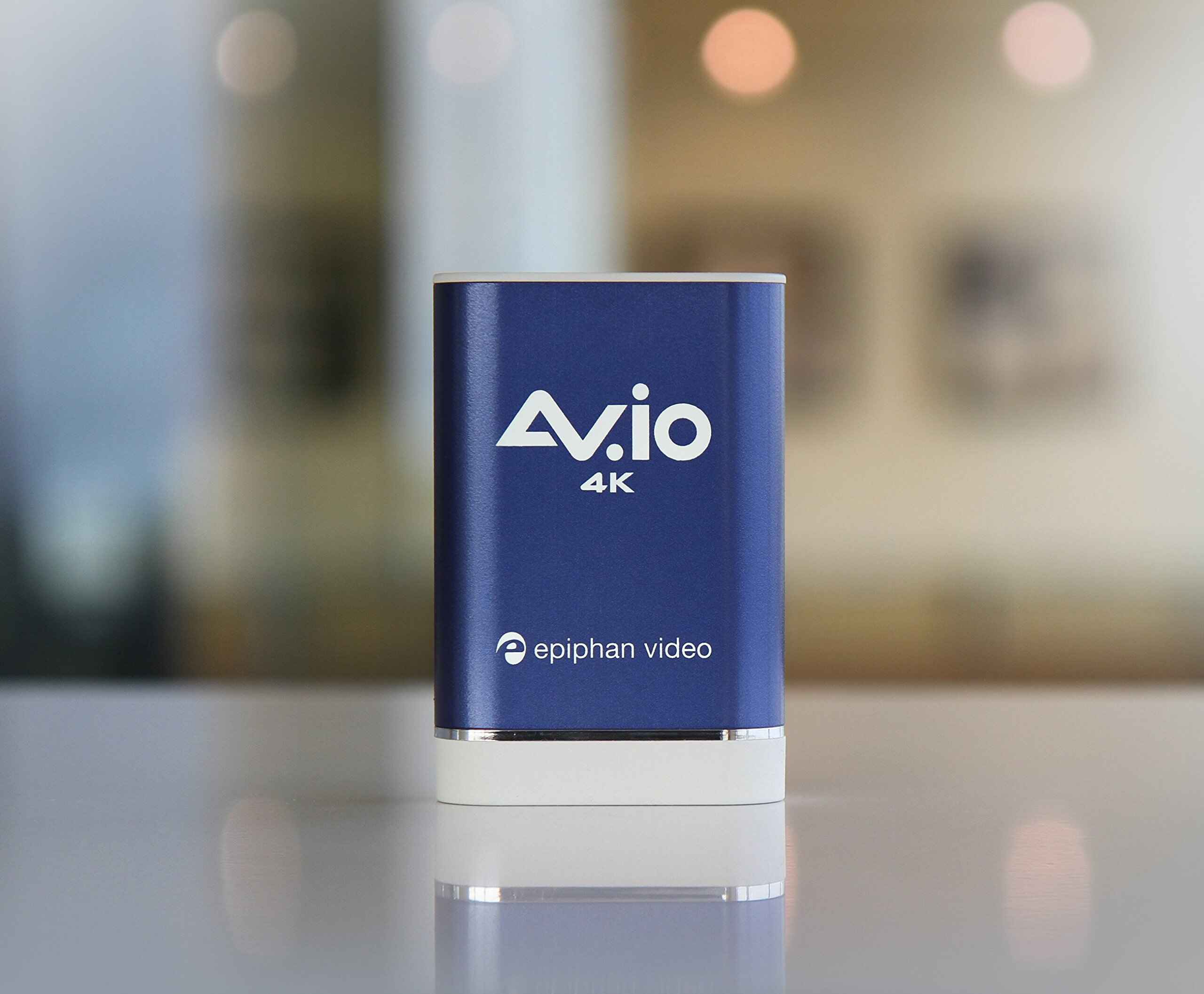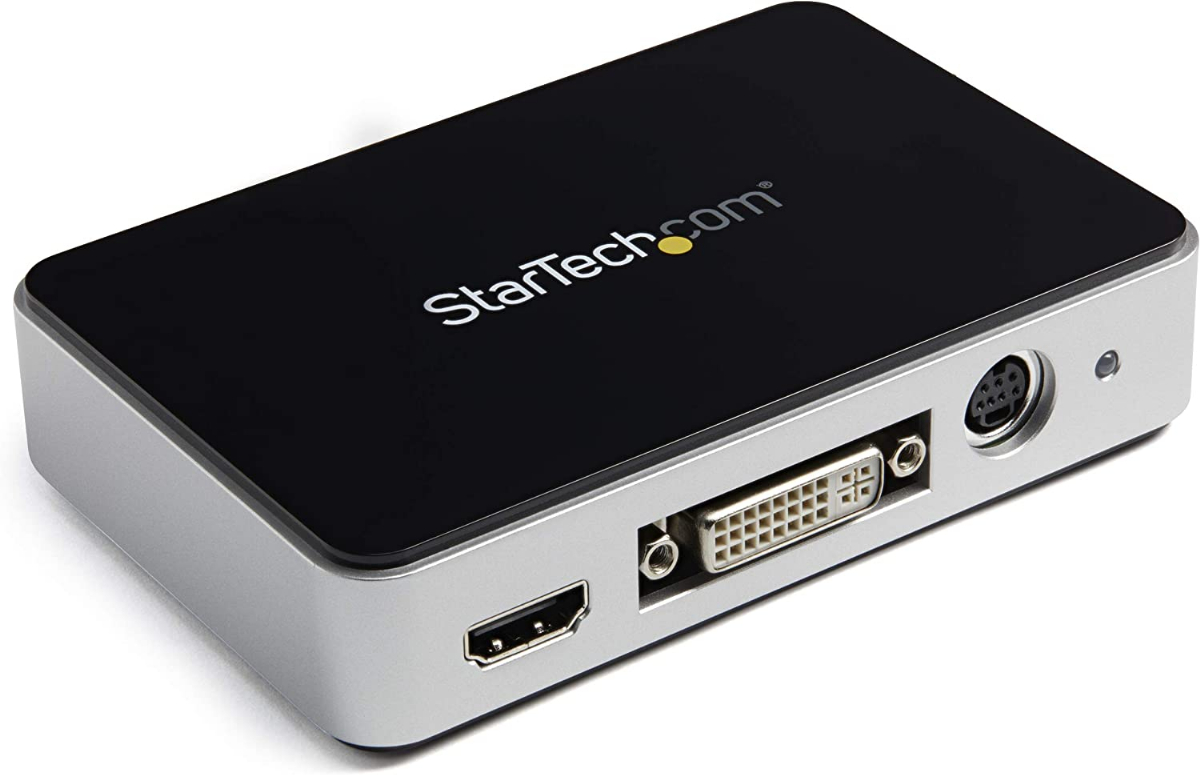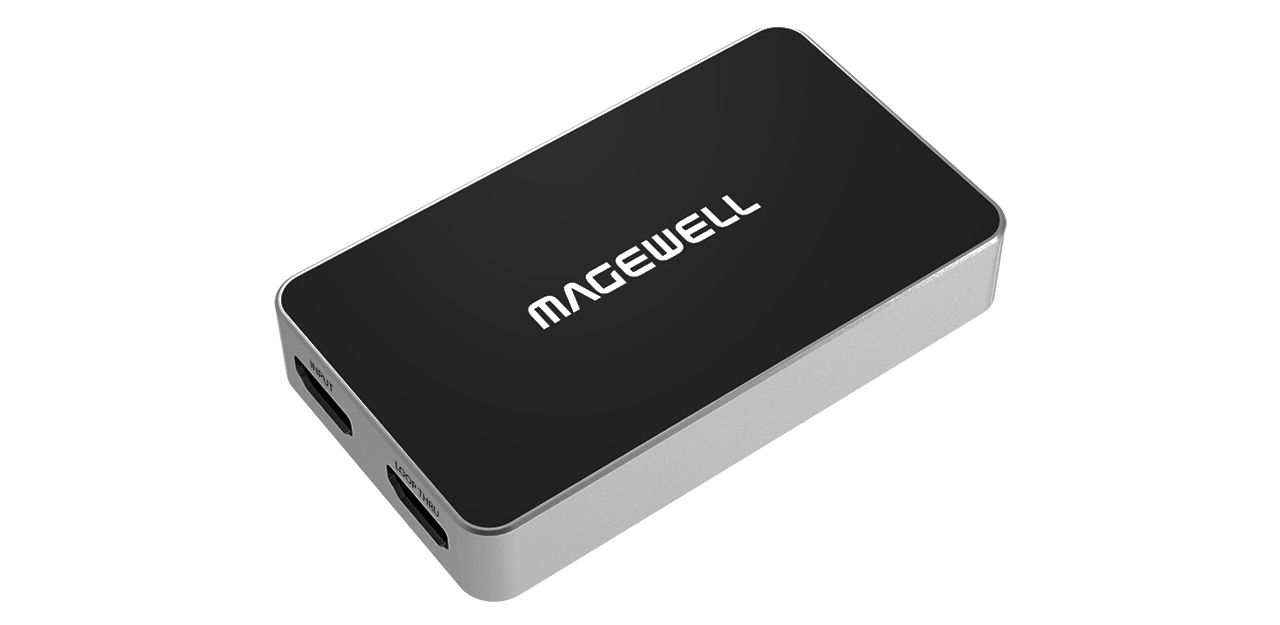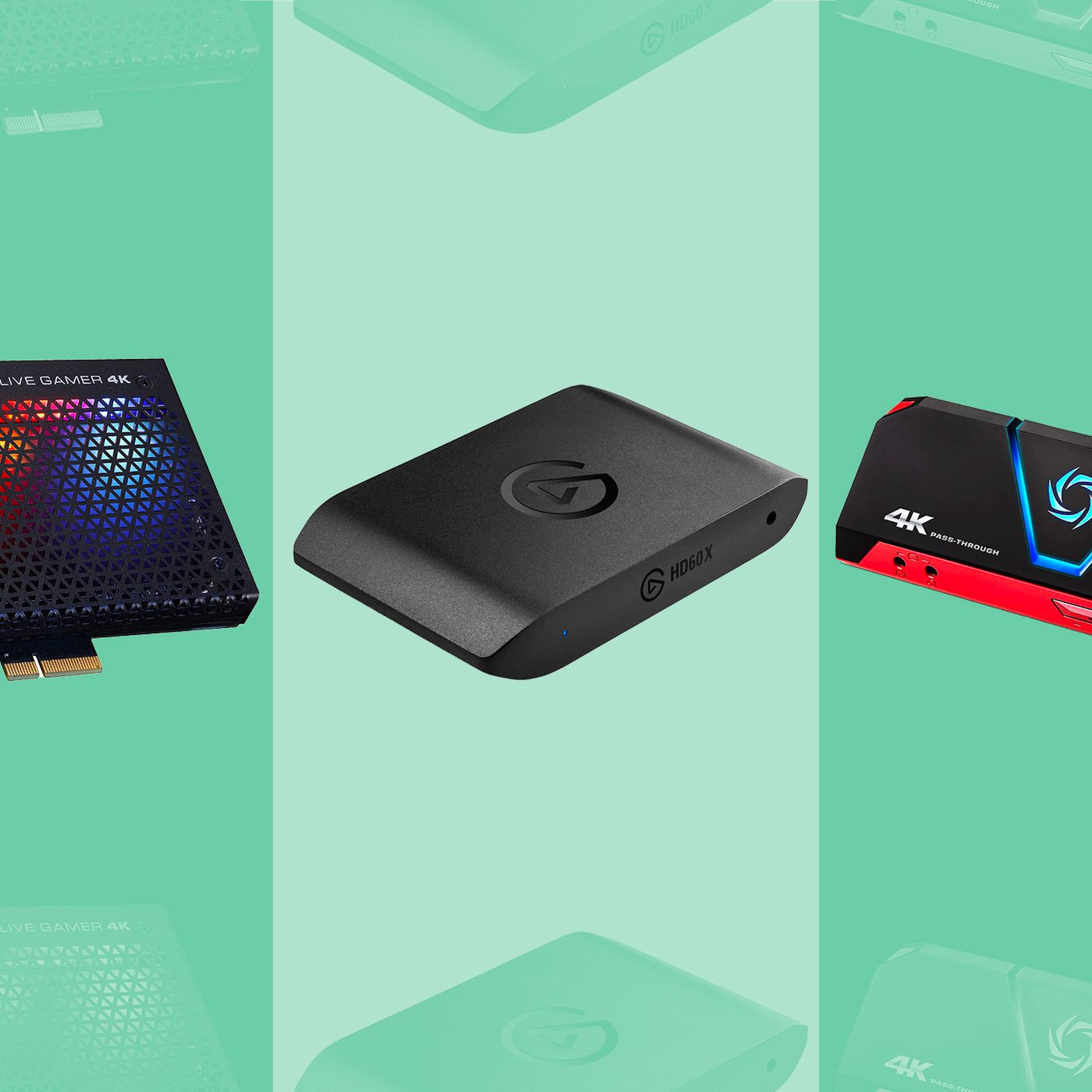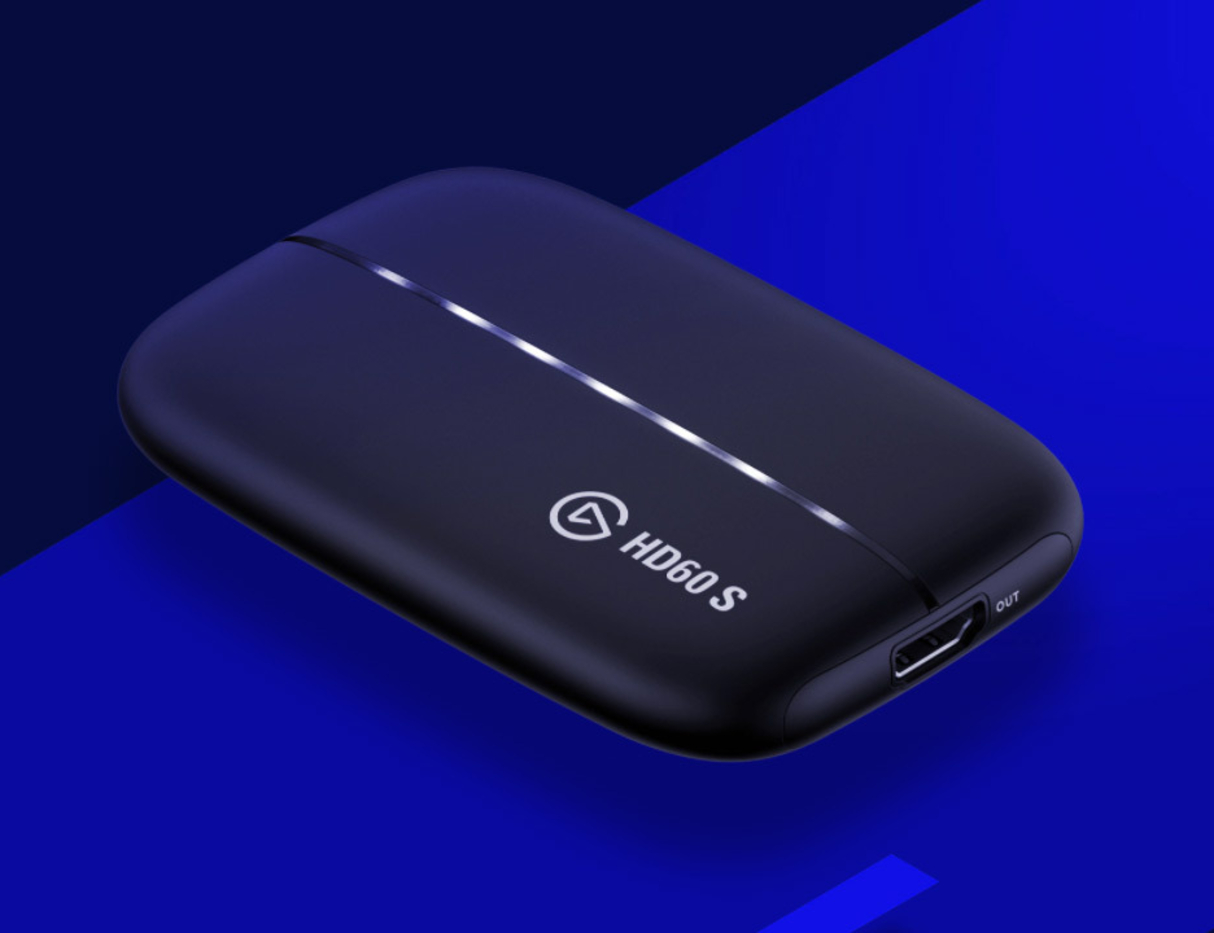A capture card is a specialized device made exclusively to capture and convert gaming footage. With it, it’s possible to capture, convert, and transmit audio footage from gaming devices into either a secondary PC or the same PC. Special software usually accompanies these devices to help you refine content before sharing it on an online platform. In this article, we’ll look at how capture cards work and how you can set one up for a hassle-free and high-quality recording session.
Directory
What Does A Capture Card Do?
Most gaming consoles and PCs can capture on-stream footage for streaming purposes. However, the problem with these devices is that they are not that adept at rendering and converting video. Not to mention, recording on the gaming device takes away some of the resources intended for gaming. Having said this, there must be a way to offload resources. This is where capture cards come in.
A capture card is a hardware device that records on-screen gaming footage and transmits it to dedicated software for editing and uploading. It records live streams over your console, PC, or video camera and converts them into a format that a PC can read. After that, it facilitates the transfer of the converted video into software on the receiving PC. From there, you can easily edit the video and then upload it onto an online platform like YouTube or Twitch.
An HDMI cable usually accompanies a capture card to transmit data from a gaming console PC. The cable is connected to both the source of the footage and to a second device that can intercept the converted footage.
Types of Capture Cards
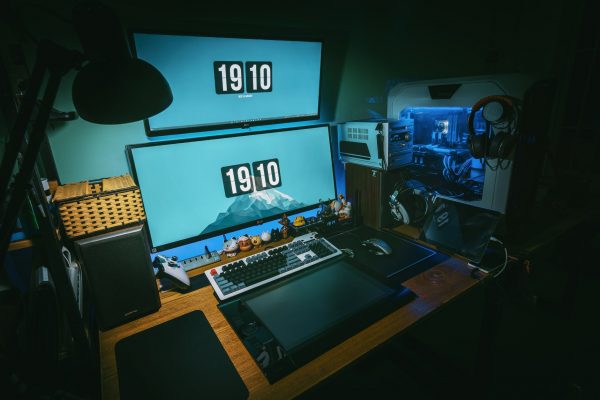

Capture cards come in all shapes and sizes, but they can be classified into two types: internal and external capture cards. Learning the differences and similarities between these two will help you distinguish which fits your gaming habits. Allow us to explain the two types of capture cards below.
Internal Capture Cards
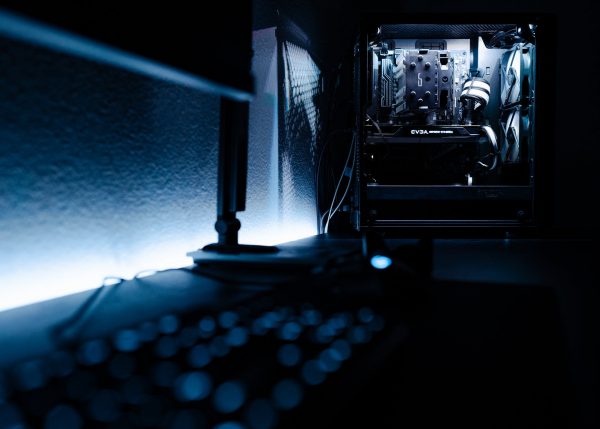

Internal capture cards are installed directly into the computer that you use to play games. A card of this type is designed to fit into the PCI slot on the motherboard of the CPU of a desktop computer. A PCI slot is an interface at the back of the motherboard that allows you to connect peripheral devices directly into it.
Internal capture cards transmit and encode audio and video feeds directly towards the software on the same PC. In other words, you only need a single device to play games, edit, and upload the data. Internal cards are generally much faster than external ones since they are connected directly to the PC’s motherboard. Some PCI cards also can transfer your gaming footage directly into the SD card on your computer. Most PCI cards also accept both digital and analog video formats.
External Capture Cards
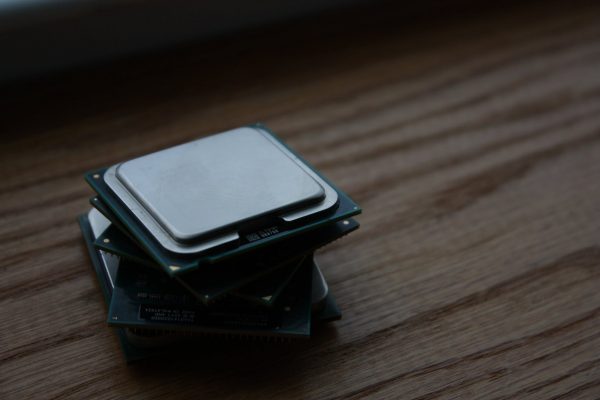

External capture cards are the more convenient and portable option for capturing gaming footage. These types of capture cards are usually no larger than a USB stick and smaller than an external hard drive. They are designed specifically for streamers who use gaming consoles since the alternative would require a PCI port, something most gaming consoles do not have.
External capture cards usually come with two HDMI cables and a USB cable. One HDMI cable connects to the gaming console (PC, Xbox, PS4, etc.) while another connects to a television. The USB cable, on the other hand, combines the capture card with your PC.
HDMI cables make use of the same standard, but USB cables can differ across different brands. USB has had various iterations over the years. For example, older devices usually use USB-A type ports, while newer models use USB-C or USB-3.0 type ports. This is why some capture cards include multiple types of USBs in their package to accommodate more devices.
One of the advantages of using external capture cards is that they are easy to set up and operate. Because, unlike internal capture cards, you don’t need to dig around the motherboard of your computer to have them installed. On the other hand, USB-type capture cards may come with higher latency due to the bandwidth limitations typical of USB ports.
How to Set Up a Capture Card on PC
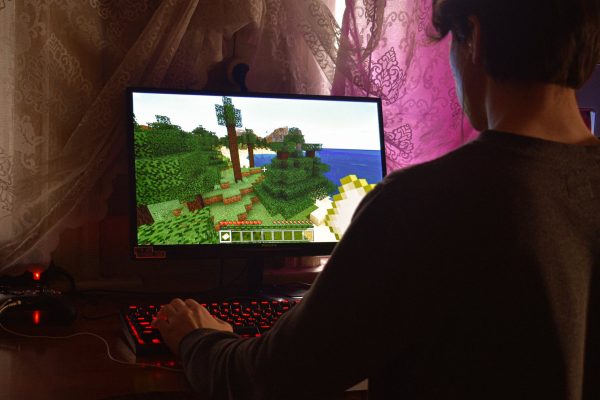

A capture card is a straightforward device that’s also easy to operate. Some are designed to work with PCs, while others are designed to work with gaming consoles. The type of device you’re working with determines the setup process and usage of the capture card. Whether you are a PC or console gamer, you can easily set up a capture card with these steps:
How To Set Up An Internal Capture Card (Gaming PC)
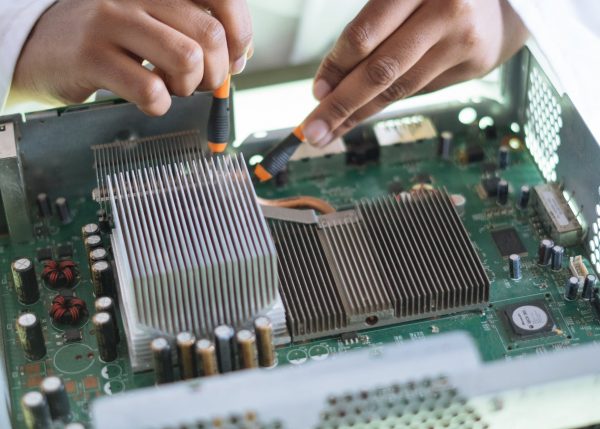

Internal capture cards require a one-time effort to install, plus software to set up. The installation process could get tedious, but the effort is worth it with the convenience it offers. That’s because the device installs on the same device that you use for gaming. In any case, here’s how you can install an internal capture card into a PC:
- First, shut down your PC. Turn the power button off the PC and the CPU. Then, disconnect the cords attached to the back of the CPU component. These are basic precautions to decrease the risk of electric shock.
- Get a screwdriver and unscrew the front cover of the CPU unit and the bracket in the back that lines up with the PCI port.
- Carefully and steadily plug your capture card into an empty PCI slot. By this point, the PCI card will be facing upside down, so you need to screw it in place to prevent it from falling.
- Make sure that the card is securely attached to the slot. After that, you can already re-attach the front panel and bracket that you removed earlier. Don’t forget to re-attach the cables that you removed.
- Open your computer as you normally would. The system should automatically detect the capture card once it’s running.
- Open and install the necessary drivers and software for the capture card.
- Make sure that all steps have been followed before starting to record your gameplay.
External Capture Card (USB Type, PC to PC)
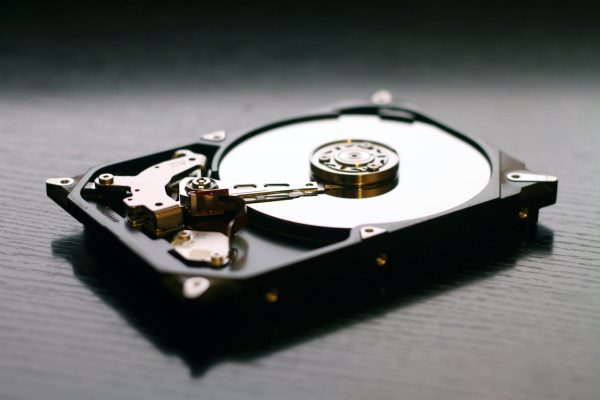

Dual PC setups are becoming increasingly common among gamers. With a dual setup, the first PC functions as your gaming device while the other PC functions as the receiving device for the video feed. Here are the steps for setting up an external capture card for a PC to PC setup:
- The first thing you need to do is decide which primary device or gaming console you will use (i.e., PlayStation, Xbox, etc.)
- Plug one end of an HDMI cable to the HDMI IN port on the capture card. Take your gaming console (PlayStation, Xbox) and plug the remaining end of the cable into the OUT port of the console.
- Take the remaining HDMI cable and plug one end to the HDMI OUT section of the capture card. Inspect the gaming PC for an HDMI IN and plug the other end of the cable into it.
- Take the USB cable connected to the capture card and plug it into an available USB socket on your computer. You might have to use a USB adaptor cable if the USB cable isn’t compatible with your PC’s USB plug.
- Download and install the relevant drivers and software for your capture card.
- Ensure that everything is complete before recording your gameplay.
External Capture Card (Gaming Console to PC)


- Take an HDMI cable from the package. Attach one end of the cable to the IN port of the capture card, then plug the opposite end to the IN port of the gaming console.
- Take another HDMI cable from the package. Plug one end to the OUT port of your capture card then plug the other end to the OUT port of your console.
- Take the USB port that comes with your capture card and plug one end to the USB port on the capture card and the other end to your computer. You might have to use a USB adaptor cable if the USB cable isn’t compatible with your PC’s USB plug.
- On your computer, download and install the relevant drivers and software for your capture card. Depending on the brand of capture card, you may need to get the software online or otherwise install it through a CD.
- Check that all steps have been followed, then you can already start to record your gameplay. Make sure that your console is turned on before you try to access the streaming software on the PC.
Why Capture Cards Are Essential
Many experienced gamers can tell you that you can capture on-screen gaming footage with just your computer and special software. If you want to be seen in the video, you may want to add in a video camera, but that one’s optional. A setup like this can meet your basic streaming needs and allow you to record on-screen gameplay.
But as convenient as this setup might seem, it can overwork your system, resource-wise. The main concern here is the graphics processing unit (GPU) which runs most graphics-related tasks. If the GPU were to run the game and record it simultaneously, system resources would be split between these two tasks. The redirection of resources can affect the overall performance of the PC and lower frame rates plus resolution.
A capture card can take over some tasks that would have otherwise required a diversion of system resources. The device can record, encode, and transmit video and audio data to prevent input devices from having to. By offloading recording tasks to the capture card, the GPU is free to allocate all system resources to the game, thus improving the overall performance of your gaming setup.
Most of the latest gaming consoles have built-in streaming capabilities. However, most consoles are physically limited with regards to their streaming capabilities. In other words, they simply cannot render and encode high-quality videos in real-time. These limitations in the hardware mean that you still need to use a capture card to record your gameplay.
Also, read about this comprehensive comparison of the Apple M1 chip and the Intel Core chip. This will give you an idea about the role of CPUs in gaming and why having powerful CPU matters.
What to Look For When Buying a Capture Card
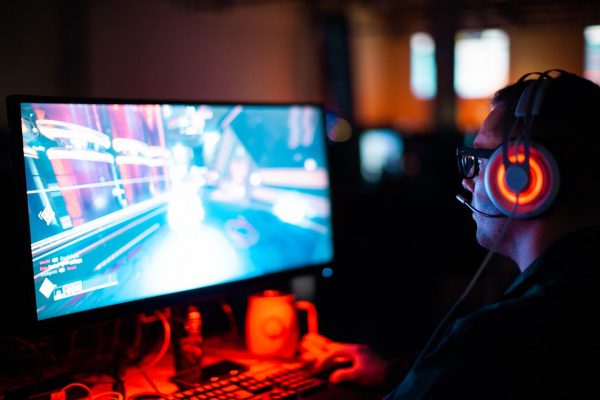

The market for capture cards is expanding, especially now that more and more people are getting into gaming. And while you ultimately have the freedom to choose, there are some features that you may want to pay attention to. These features can affect the quality of your gaming streams and the speed at which you can produce the streams. Here are some of the features to examine before handing in your hard-earned cash:
1. Resolution


Resolution is one of the most important features to look into when it comes to capturing cards. If you are streaming your gameplay online, you can bet that your audiences expect nothing less than top-notch resolution. As we’ve mentioned, the graphics processing unit (GPU) is responsible for maintaining a high resolution and frame rate, and having a capture card helps to offload the task of recording so that these elements are not affected. For recording purposes alone, we highly recommend a capture card that promises at least 1080p resolution and a 30fps frame rate.
But now that I’ve mentioned frame rates and resolution, which is more important? The question is hard to answer objectively because both features have advantages. For example, while a high frame rate usually means smoother gameplay and faster responsiveness, it comes with the setback of having a lower resolution. On the other hand, having a high resolution produces clearer images, but it usually comes with lower frame rates.
2. SD Card Availability


Some capture cards have built-in SD card slots. These types of capture cards can still follow the traditional way, aka transmitting video and audio feed straight to your computer. The only difference is that they offer the option to store your feed straight into an SD card instead of your PC. However, in most cases, the manufacturer does not provide an SD card with the package, which means that you’ll have to provide one for yourself.
Using an SD card as your main storage is very convenient since you can simply pull out the card and feed it to an SD card reader to transfer the files saved therein. Not to mention, it does away with the need to connect the capture card to your PC. Some capture cards also contain additional HDMI slots (usually a pair) to allow you to capture footage from two sources simultaneously.
3. Software Compatibility
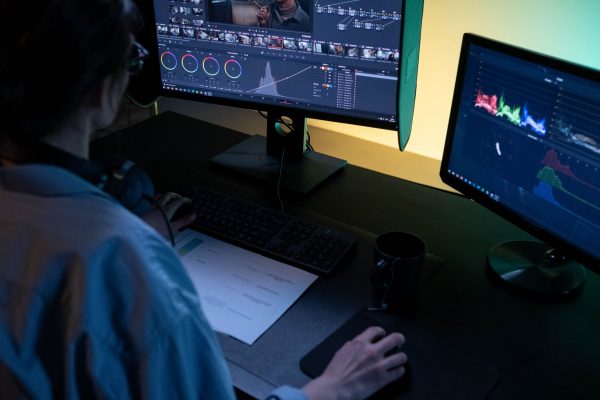

Having access to reliable software is another essential element in creating quality gaming content. Most capture cards come with their own live-streaming and video mixing applications, while others offer free compatibility with premium subscription-based software like Xsplit and OBS. There are also other capture cards without their own apps, so you will have to find your own third-party app.
Final Thoughts on How to Set Up a Capture Card for PCs and Consoles


A capture card is a highly compact and convenient device designed for sharing your gaming experience with online audiences. Whether you stream games as a professional or as a casual gamer, the device will make it very easy and convenient to share your experiences with friends online. A quality one can help you capture your best gaming moments without affecting the performance of your gaming device. Most options in the market are specialized, though, which means they only work with either a PC or with gaming consoles. However, if you could find a capture card that fits into both types of gaming setups, that would be the better option. You never know what content you’ll want to play or produce next, so it helps to have an adaptable device.
Also, read about the best gaming headsets as well as the best gaming keyboard models to make your gaming experience as immersive and comfortable as possible, whether or not you plan to stream your games or not.







